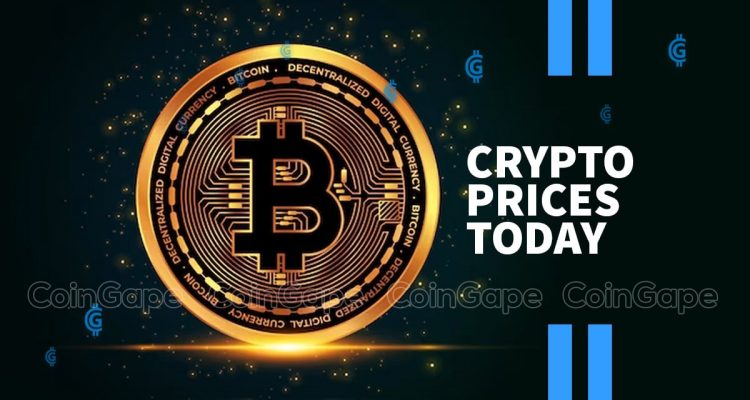
It sounds like quite an eventful day in the crypto market! Bitcoin crossing $64,000, Ethereum maintaining its position around $3,100, and Worldcoin experiencing a significant 16% surge certainly indicate a dynamic market landscape. Such movements can be influenced by a variety of factors including market sentiment, institutional interest, regulatory developments, and technological advancements within the respective blockchain networks. Investors and enthusiasts are likely keeping a close watch on these developments to understand the trends and potential opportunities in the crypto space.
As of my last update in January 2022, I can’t provide real-time information on the current state of the cryptocurrency market. However, you can easily find up-to-date information on various financial news websites, cryptocurrency exchanges, and dedicated cryptocurrency tracking platforms like CoinMarketCap or CoinGecko. These sources can provide you with the latest prices, market capitalizations, trading volumes, and trends for various cryptocurrencies, allowing you to stay informed about the state of the market. If you have any specific questions or need analysis on recent trends, feel free to ask!
The “crypto space” refers to the ecosystem surrounding cryptocurrencies and blockchain technology. It encompasses various elements, including:
1. **Cryptocurrencies**: Digital or virtual currencies that use cryptography for security and operate on decentralized networks based on blockchain technology. Bitcoin, Ethereum, and Litecoin are some well-known examples.
2. **Blockchain Technology**: A decentralized and distributed ledger technology that underpins cryptocurrencies. It enables secure and transparent peer-to-peer transactions without the need for intermediaries.
3. **Crypto Exchanges**: Platforms where users can buy, sell, and trade cryptocurrencies. These exchanges facilitate the exchange of digital assets and often offer additional services like wallets and trading tools.
4. **Wallets**: Digital tools used to store, send, and receive cryptocurrencies. Wallets come in various forms, including software wallets (desktop or mobile applications) and hardware wallets (physical devices).
5. **Mining**: The process of validating and adding transactions to a blockchain through computational power. Miners are rewarded with newly minted cryptocurrency for their efforts, contributing to the security and integrity of the network.
6. **Decentralized Finance (DeFi)**: A movement that aims to recreate traditional financial services using blockchain technology, eliminating the need for intermediaries like banks. DeFi platforms offer services such as lending, borrowing, trading, and yield farming.
7. **Non-Fungible Tokens (NFTs)**: Unique digital assets that represent ownership or proof of authenticity of a digital or physical item. NFTs have gained popularity in art, gaming, collectibles, and other industries.
8. **Regulatory Landscape**: The legal and regulatory environment governing cryptocurrencies and blockchain technology varies by country and jurisdiction. Regulatory developments can have a significant impact on the crypto space.
Overall, the crypto space is dynamic and constantly evolving, driven by innovation, technological advancements, market trends, and regulatory developments.